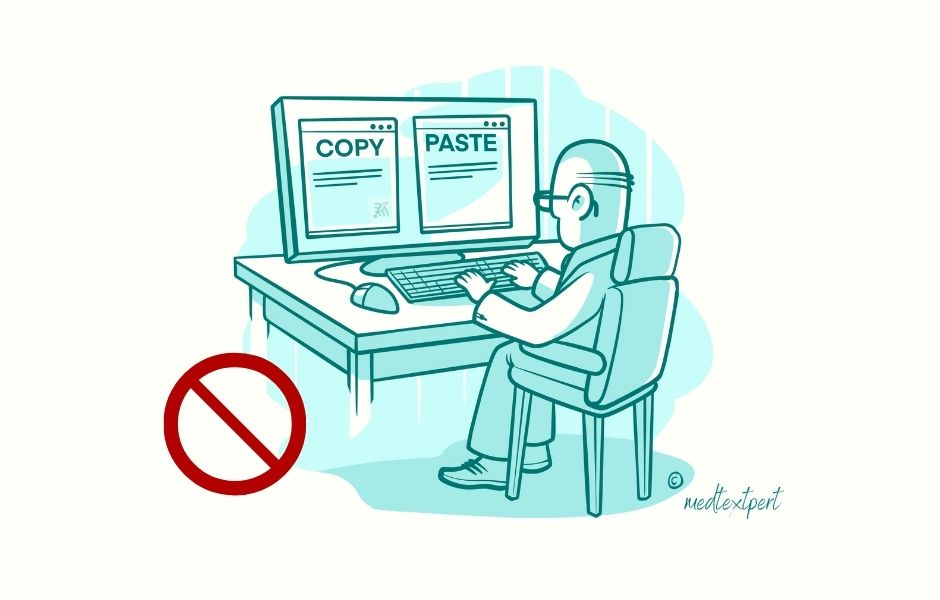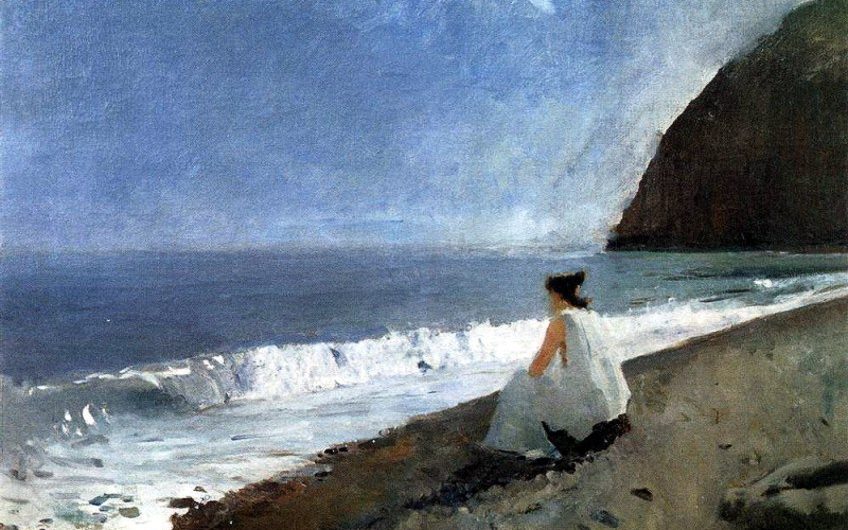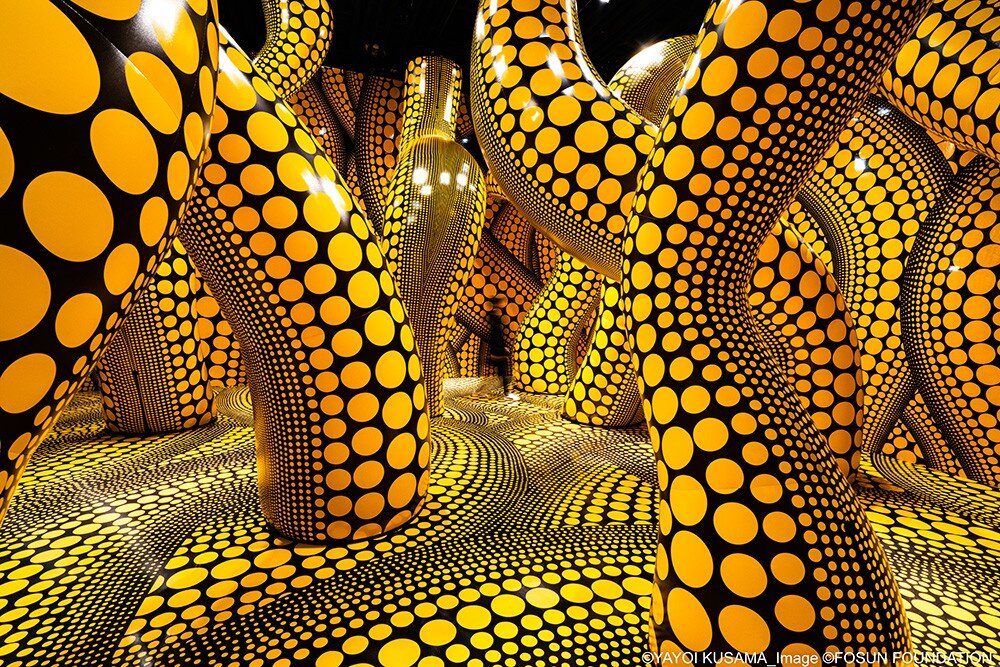Connections
One of the most basic elements of art and it can be used to create many different effects. They can be straight, curved, angular or organic and they may be thick or thin. They can also denote direction, such as horizontal or diagonal. They can also be used to suggest movement, value, depth and texture within a piece of art.

Line
This refers to the distribution of visual weight in a composition. It can be symmetrical, where both sides of a composition are even, or asymmetrical, where you can create balance through contrasting elements of different sizes or positions.

Balance
This uses fine parallel lines drawn closely together to create the illusion of shade or texture in a drawing.

Cross hatching
What Image is Abstract
A) 
B)
C)
C 
Egyptians came up with this unique writing system that uses These types of symbols to communicate ideas and thoughts.

Graphic Symbols
These are two-dimensional forms that are defined by an outline or border. They can be geometric such as squares, circles and triangles, or organic free-form.

Shape
This in art refers to the grouping of opposite elements near each other to highlight their differences. When used properly, it can help accentuate the difference between the elements in a piece, it can be used applying light versus dark, rough versus smooth, or large versus small.
:max_bytes(150000):strip_icc()/GettyImages-159759535-58dfe75e3df78c5162339de5.jpg)
Contrast
This method helpful for practicing and improving their drawing skills, understanding spatial relationships, and composition. It’s an invaluable tool for transferring images from one surface to another, ensuring the final piece retains the original’s proportions and layout.
Grid Drawing
This is the practice of taking someone else's work or ideas and passing them off as one's own.

Plagiarism
The Greeks used these two forms of space to create a contrasted bi-colored design.

Positive and Negative space
This s the lightness or darkness of a color used in an artwork. Light and dark values create depth and perspective and also emphasize certain elements within a composition.

Value
This refers to the design and composition strategy of drawing the viewer’s attention to a particular element or area within an artwork. It’s all about creating a focal point or center of attention and can be achieved by using size, color, texture, or composition to give a sense of spotlight to a certain element in your work.

Emphasis
This involves creating rough, loose drawings that capture the essence of an idea. It allows an artist to plan compositions and work out details without the constraints of a formal finished piece.

Thumbnail Sketches
This provides background information and content to a piece of for and is typically displayed with the work in a museum.

Artist statement
The Chinese used this form of perspective to create their Landscapes . 
1 Point Perspective
This is an important element of art which helps to bring life to an artwork. Color is the way in which humans perceive wavelengths of light and is further categorized by hue, saturation and luminance.

Color
This is a fundamental art principle that refers to how the artist guides the viewer’s eye through the canvas. Be it using objects in motion or using composition, it is a key principle in different art forms but plays a vital role in storytelling and animation.

Movement
This is a technique used in drawing to achieve smooth transitions between different tones resulting in a lifelike, realistic and refined look to your art. It includes smoothly combining pencil marks to remove harsh lines and produce gradual changes.

Blending
One of the criteria that all assignments are graded on is based on the project's topic or subject of the painting or drawing. Defined as "an idea that recurs in or pervades a work of art"

Romans, known for their mathematical precision discovered this style of drawing that includes 2 vanishing points
Two-point perspective
This refers to the surface quality of an object or material that can be seen and felt. It can make a painting look more three-dimensional or realistic and it also helps to create a sense of depth, movement and rhythm.

Texture
This principle refers to the repetition of specific visual elements in a regular manner. It’s a great way of introducing rhythm and to give an artwork more structure. We can find thus element all around us, from the fur of animals to plant leaves and even in textiles, wood and decor.

Pattern
This is a type of line art drawing technique that uses line to create the illusion of three-dimensional form. The artist begins by drawing the outline of the subject, outlining the main features and details.

Contour Drawing
This process tells an artist how viewers feel about their work. It's composed of four categories Describe, Analyze, Judge and Interpret.
Critique

Pablo Picasso was the first to create this style of art. It uses geometric shapes and multiple colors to create movement and form.

Cubism